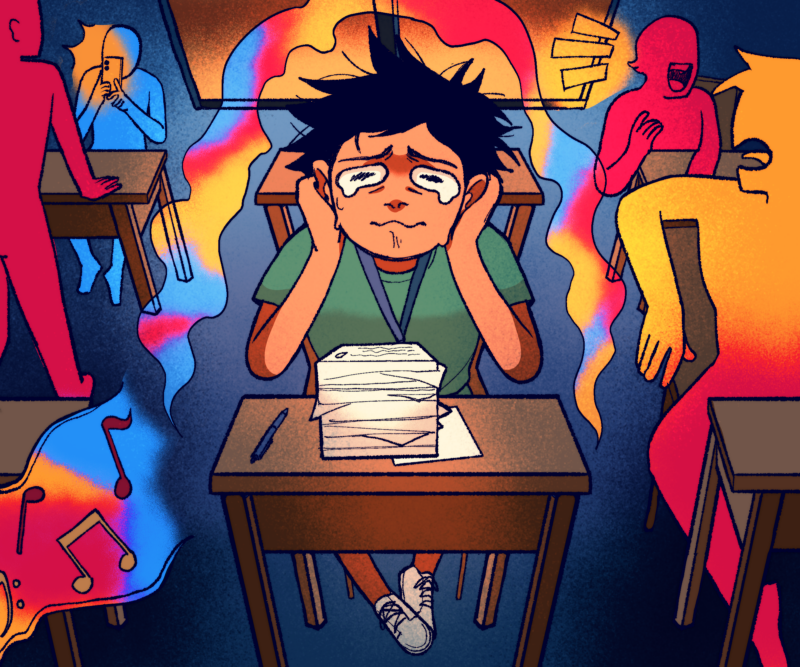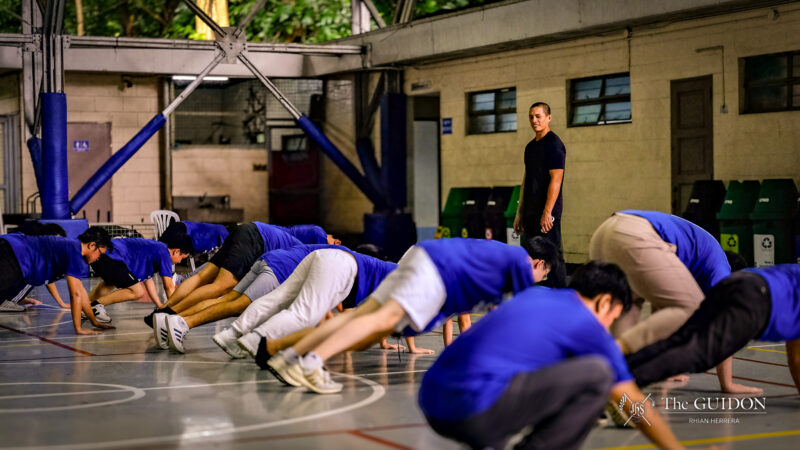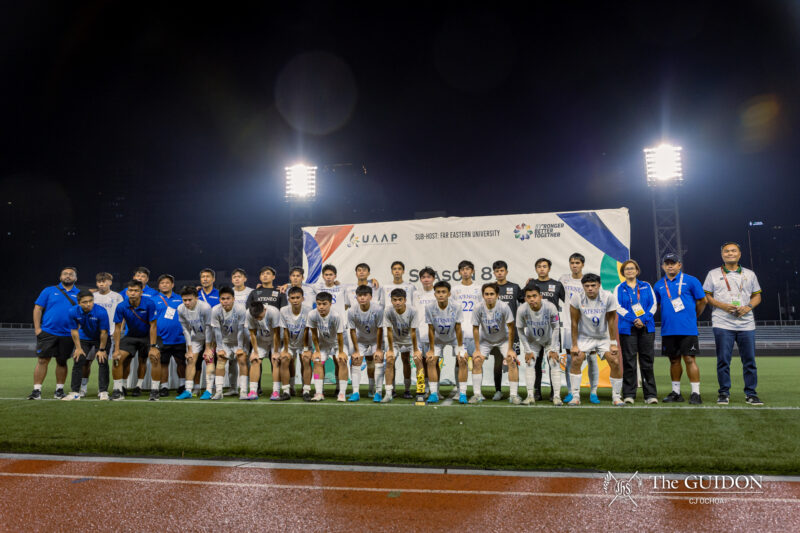A life-changing question that students seek to answer on their final year in high school concerns which university one should attend to supposedly get the best education. That is the time when seniors and their eager parents weigh various options, taking factors such as a school’s reputation, tuition, location, and even prestige into consideration.
As valid as all these may be in the characterization of a ‘good’ university, they betray the fact that the prevalent notion of a university today is still that of a ‘teaching’ institution.
This comes in contrast with the drive of universities all over the world to reposition themselves as more research-oriented and less teaching-oriented, in line with the modern-day conception of a ‘good’ university as one that contributes new knowledge to humanity.
And yet this is an irony, for the modern is in fact the original—historically, universities were associations for higher learning, not institutes that granted degrees.
Considering how the global academic spotlight is now shifting its harsh glare towards Academia’s other face, research, it is timely to ask: would the Ateneo still be able to hold its head high with such a face forward?
Lack of funds
Research in the Ateneo has hit a lot of stumbling blocks. One visible manifestation of this is the low number of university scholarly publications; The Loyola Schools Review, for example, was last released around five years ago, despite the original intention of an annual release.
There are conscious efforts to address the problems afflicting research in the university.
According to Armando M. Guidote, Loyola Schools (LS) Associate Dean for Research and Creative Work, one step that has been taken was the founding of his office just last August.
Guidote admits that compared to other universities in the country, the Ateneo lags in research production because of the school’s low faculty and student population.
In fact, surveys show that among top Philippine universities, the Ateneo has the least amount of published research.
In response, the school engages in efforts to compensate. For example, the school incentivizes research by awarding grants to faculty members who attend conferences. Subsidies range from P15,000 for local conferences to as much as $1,200 for international conferences—provided that the faculty member presents his work to the body, or serves as a guest speaker. Nearly P3.2-3.3M was spent for total conference assistance in 2009.
However, for Dr. Vivian S. Tolentino, a veteran professor of the Biology Department, these subsidies are still not enough, compared to what other universities provide.
La Salle usually gets funding from its considerably large student population every trimester, while the University of the Philippines would secure funding from the government. In the Ateneo, however, funding is quite limited because most of the money comes from student tuition.
“We are, however, lucky, because our alumni are very generous,” Tolentino says.
‘Culture of teaching’
Research in the Ateneo, though, does not only face fiscal difficulties. One of the stronger challenges to research in campus is cultural in nature.
“Let’s face it—we are a Jesuit institution,” says Tolentino. “We have a culture of teaching rather than research.”
This seems to be true. Although teachers hired in the Ateneo are evaluated on three criteria—teaching, service, and research—Guidote explains that the emphasis has primarily been on teaching and service, and not on research.
Nevertheless, research still finds itself as a faculty pursuit. As a rule of thumb, Ateneo faculty members are allowed a maximum load of 12 units per semester. Guidote explains that the 12 units per teacher are distributed between class instruction and research production.
For Tolentino, however, this is still inadequate. According to her, institutions that publish the most quality papers are full-time research institutes. These research institutes, and the ‘research faculty’ team running them, spend most of their time dedicated to new knowledge.
“If they do teach, they dedicate a maximum of three to six units to that,” says Tolentino. “You can see how research—with that system—is definitely prioritized.”
Of course, though not as pronounced, the Ateneo has its own share of a research faculty. Around 80 out of 300 faculty members employed by the school are currently engaged in research, and the number is still growing.
Under the supervision of the Vice President for the Loyola Schools John Paul Vergara, reforms designed to improve research through resource maximization have been instituted.
For instance, the Research and Creative Work Deloading Program now in place allocates more of faculty members’ units from their required 30 units a year to research projects. One way this is achieved is through merging the concerned professor’s small classes into single, big ones—effectively granting him or her more research time.
Another such reform is in the form of research grants. Guidote explains that the LS funds up to P200,000 for hiring research assistants, or for paying travel expenses incurred by research. For this purpose, an average of P2.2M annually has been spent in the past few years.
“Outside sources also give subsidies for faculty members to do research,” says Guidote. “The LS external [research] funding for 2009 to 2010 was nearly P45M for 2009, and is expected to be the same for 2010.”
Fight for print space
Most of the time, an academic’s research project culminates in an attempt to get the work published in an internationally refereed journal.
“You may do all the research and writing you want,” says Dr. Maria Luisa T. Reyes, “but if you don’t get published, you’re denying the world your gifts.” Reyes, English Department Chair, is the founder and editor of Kritika Kultura, an internationally refereed literary and cultural studies journal indexed in the world’s most prestigious databases of scholarly work.
Tolentino agrees, stressing the importance of getting published and indexed. For her, aside from the avenue such achievements provide for peer reviews from academics all over the world, these also serve as a means for data dissemination, which is useful to the global academic community.
The Ateneo has had works published in two of the most prestigious databases, Thomson Reuters Institute for Scientific Information (ISI) and Scopus. Guidote says that in the ISI, the Ateneo manages to publish an average of 15 articles a year, while for Scopus, Ateneo managed to publish as much as 50 entries during school year 2008-2009.
“[We] want to be published in the ISI because it will definitely improve our [university] ranking, as only the best journals are published in the ISI,” says Tolentino.
This is especially true for the School of Science and Engineering. Tolentino says that the Commission on Higher Education requires ISI-indexed journals for a science department to be determined a center of excellence.
True to such an emphasis on publication, Guidote also mentions that the school grants cash awards to faculty members who get their works published. Last year, budget allocations for publication incentives have totalled about P1.8M.
“Then again, it is one thing to be published, but it is quite another to be cited,” says Guidote. “Which means that, yes, you may have research—but are people using [your work] as reference, or even reading it?”
Kritika Kultura
In the School of Humanities, however, the story is a bit different. Reyes explains that she felt that the need to publish comes from her desire to develop a research culture.
“Universities are all about the production of knowledge through painstaking research,” she says, “and I took that responsibility when I started Kritika Kultura.”
Being a humanities journal indexed in the Modern Languages Association International Bibliography, Scopus, and Thomson Reuters ISI, Kritika Kultura has indeed reached a gold standard.
“One needs to understand that knowledge is global,” says Reyes, “I envisioned Kritika Kultura as a journal that stimulates intellectual conversations amogst scholars here and abroad.”
Best face forward
Although the Ateneo is still primarily a teaching-oriented institution, measures are being taken by the university leadership to improve the state of research in campus.
Some changes include allowing part-time faculty to apply for research grants; others are even infrastructural, like the construction of the article research writing faculty lounge in the Social Sciences Building.
“In terms of resources, we really don’t have that much,” Guidote admits. However, he is confident that the Ateneo can make do with what it has.
“What matters, especially in my job, is that we manage [resources] as best as we can.”






